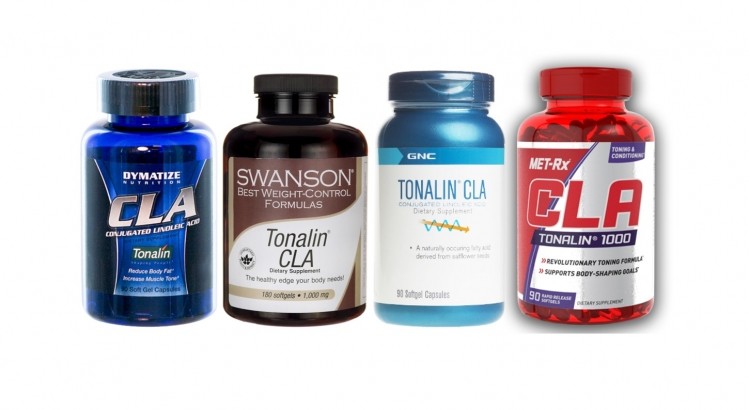CLA sales shifting to sports nutrition products online & MLMs: BASF

“BASF is seeing a major shift in sales channels for sports nutrition products, especially for those with Tonalin CLA,” Abhijit Natu, Marketing Manager, BASF Nutrition & Health, North America, told NutraIngredients-USA. “The sports nutrition segment grew at 8.3% in 2015, according to the Nutrition Business Journal business report. The reports states that 37% of sales in sports nutrition segment are in online/MLM/practitioner/direct channels.”
The lion’s share of the products in the market for CLA are softgels, said Joseph Moritz, nutritional science manager at BASF. “While softgels are the most-sold format we are promoting other delivery systems to entice the 50% of the market that says they have trouble swallowing polls, including gummies, pectin-based chews, meal-replacements, post workout milks and bars.”
While sales in the online/MLM/practitioner/direct channels are reportedly robust, data from SPINS paints a different picture in the natural, specialty gourmet and conventional multi-outlet retail channels, with 23.6% declines year-on-year across the diet formula and sports nutrition categories.
“The numbers cited are not conclusive and omit outlets such as online, MLMs, practitioner, Costco other specialty retailers,” noted Natu.
What is CLA?
CLA is a fatty acid naturally present in the meat of ruminants and in dairy products. Due to changes in the Western diet, average intake of CLA has fallen; if the fat is removed from a dairy product to make a low fat version that will be acceptable to consumers, CLA is removed along with it. The ingredient is most often found as a mixture of isomers: cis-9, trans-11 and trans-10, cis-12.
The ingredient has been in supplements for a number of years, and it received GRAS (Generally Recognized as Safe) status in 2008 for use in food and beverages in the US.
Numerous studies have shown CLA can help reduce body fat, maintain lean muscle mass and improve body composition.
While the majority of the marketing to date has been towards women, just as many men are seeking out CLA products, said Moritz. “The male consumer appreciates the simultaneous maintenance of muscle with fat loss,” he said.
Science
Dr Michael Pariza, widely recognized as the founder of the modern field of CLA research, told us that when we talk about the diet segment it is important to break it down into weight loss or weight management after weight loss versus body composition.
“The focus should be on reducing body fat not just weight. When it comes to body fat you can either store it or burn it, and this is where CLA comes in. In my research with CLA, we’ve shown that supplementing with a ‘healthy’ polyunsaturated fat actually affects how we store and burn fat in the body. This was a huge paradigm shift for us and for nutrition,” said Dr Pariza.
“CLA sets the bar in this category, because it’s not just one or two studies, it’s decades of industry-sponsored and independent research with dozens of clinical trials. It’s rare to find this level of mechanistic and clinical investigation for an ingredient in this space.
“I’d estimate that multiple millions of dollars were invested in researching CLA since the 1990s,” he said.
According to PubMed, papers reporting research with CLA peaked around the latter part of the last decade (see figure below) having risen dramatically in the late 1990s.
While the number of publications has been in decline over the last few years, the numbers are still significant.
“The totality of evidence is solid supporting Tonalin’s role in body composition, which is perhaps why there haven’t been studies as of late on this topic,” noted Dr Pariza. “We are to a stage now where the ‘low hanging fruit’ is picked and studies to come will focus on mechanistic aspects and move on to other segments such as immunity and inflammation. There are still laboratories doing excellent research on CLA and I’m excited to see how things develop.”
What next?
While the main focus for CLA has been body composition, the next big areas for the ingredient could be inflammation and immune support, said Dr Pariza.
Science does continue to support such effects*, but the ingredient will continue to play predominantly in the diet and sports nutrition sectors, where it competes with fad ingredients and formulations.
“I spent a large portion of my career developing CLA because I believed and still believe it promotes health,” said Dr Pariza. “CLA is most definitely not a fad. It has shown its staying power as a supplement over the last 10 years.”
* Viladomiu et al. European Journal of Pharmacology, 2016, Vol. 785, Pages 87–95













